Great Britain has a rich philatelic history, and the period from 1870 to 1940 includes many significant and iconic stamp issues. Here’s an overview of notable stamps and series from this era:
Key Issues and Series:
- Penny Red and Halfpenny Red (1870)
- The Penny Red, first issued in 1841, continued to be used into the 1870s. The Halfpenny Red was introduced in 1870 to cater to the new halfpenny rate for postcards.
- Design: Featured Queen Victoria in profile.
- Jubilee Issue (1887-1900)
- Issued to commemorate the Golden Jubilee of Queen Victoria.
- Design: Varied denominations with colorful designs, featuring the Queen’s profile.
- Notable Denominations: Halfpenny (green), 1d (lilac), 2½d (purple on blue), and higher values up to £1.
- King Edward VII (1902-1911)
- Following Queen Victoria’s death, stamps featuring King Edward VII were issued.
- Design: Profile of King Edward VII, different colors for different denominations.
- Notable Denominations: ½d (green), 1d (red), and higher values in bicolors up to £1.
- King George V (1911-1936)
- Several series featuring King George V were issued, including the 1911-1913 “Downey Head” and later issues.
- Design: Early issues featured a three-quarter profile (“Downey Head”), later replaced by a profile design similar to previous monarchs.
- Notable Issues:
- “Seahorses” (1913-1918): High-value stamps (2s6d, 5s, 10s, £1) with an intricate design by Bertram Mackennal.
- 1924-25 British Empire Exhibition: Commemorative stamps featuring the King.
- King Edward VIII (1936)
- Briefly issued due to Edward VIII’s abdication after less than a year on the throne.
- Design: Simple profile design.
- Notable Denominations: ½d (green), 1d (red).
- King George VI (1937-1952)
- Following Edward VIII, stamps with King George VI were issued.
- Design: Profile of King George VI with various designs.
- Notable Issues:
- Coronation Issue (1937): Commemorating the King’s coronation.
- Definitive Issues: Regular postage stamps in various denominations and colors.
- Commemorative Issues (1935 and 1937)
- 1935 Silver Jubilee: Celebrated King George V’s 25 years on the throne with a special series.
- 1937 Coronation: Marked the coronation of King George VI.
Collecting Tips:
- Condition: As with most philately, the condition of the stamp significantly affects its value. Mint condition, unused stamps with original gum are most desirable.
- Rarity: Some stamps, especially higher denominations or those with printing errors, can be quite rare and valuable.
- Watermarks and Perforations: Pay attention to different watermarks and perforation variations, which can affect the stamp’s classification and value.
- Postmarks: Clear, readable postmarks can provide historical context and are sometimes more valuable, especially on rare stamps.
Resources for Collectors:
- Catalogs: Stanley Gibbons, Scott, and Michel catalogs are indispensable tools for identifying and valuing stamps.
- Philatelic Societies: The Royal Philatelic Society London and other regional clubs offer resources and networking opportunities.
- Dealers and Auctions: Reputable stamp dealers and auction houses can provide authenticated stamps and expert advice.
Great Britain’s stamps from 1870 to 1940 offer a fascinating glimpse into the country’s history and are a rewarding area of focus for collectors.

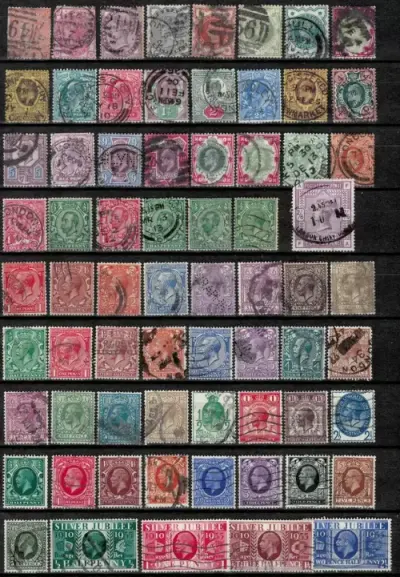

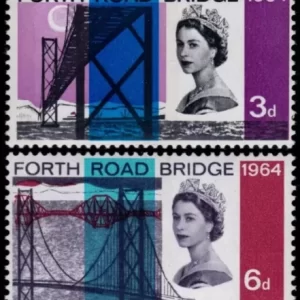



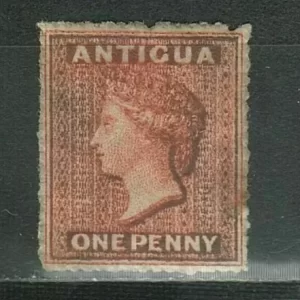
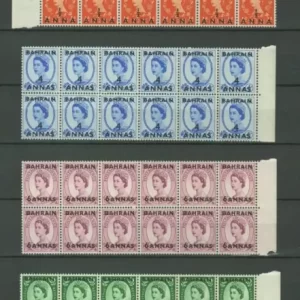
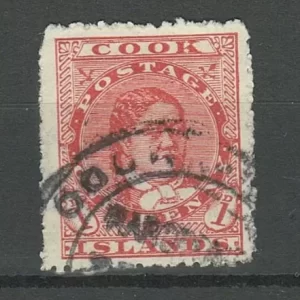
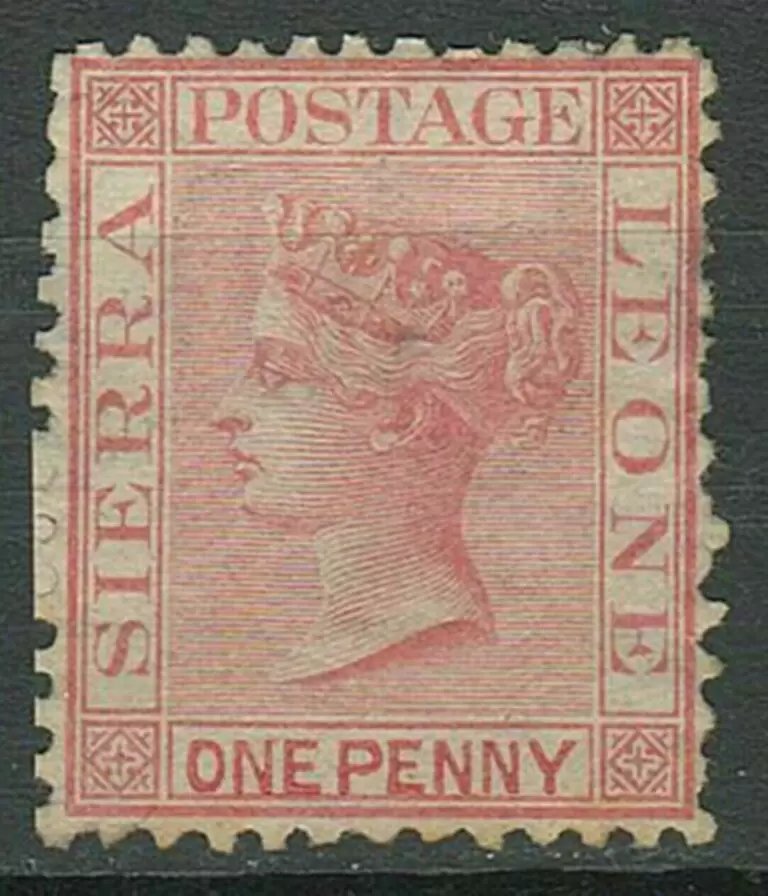
Reviews
There are no reviews yet.